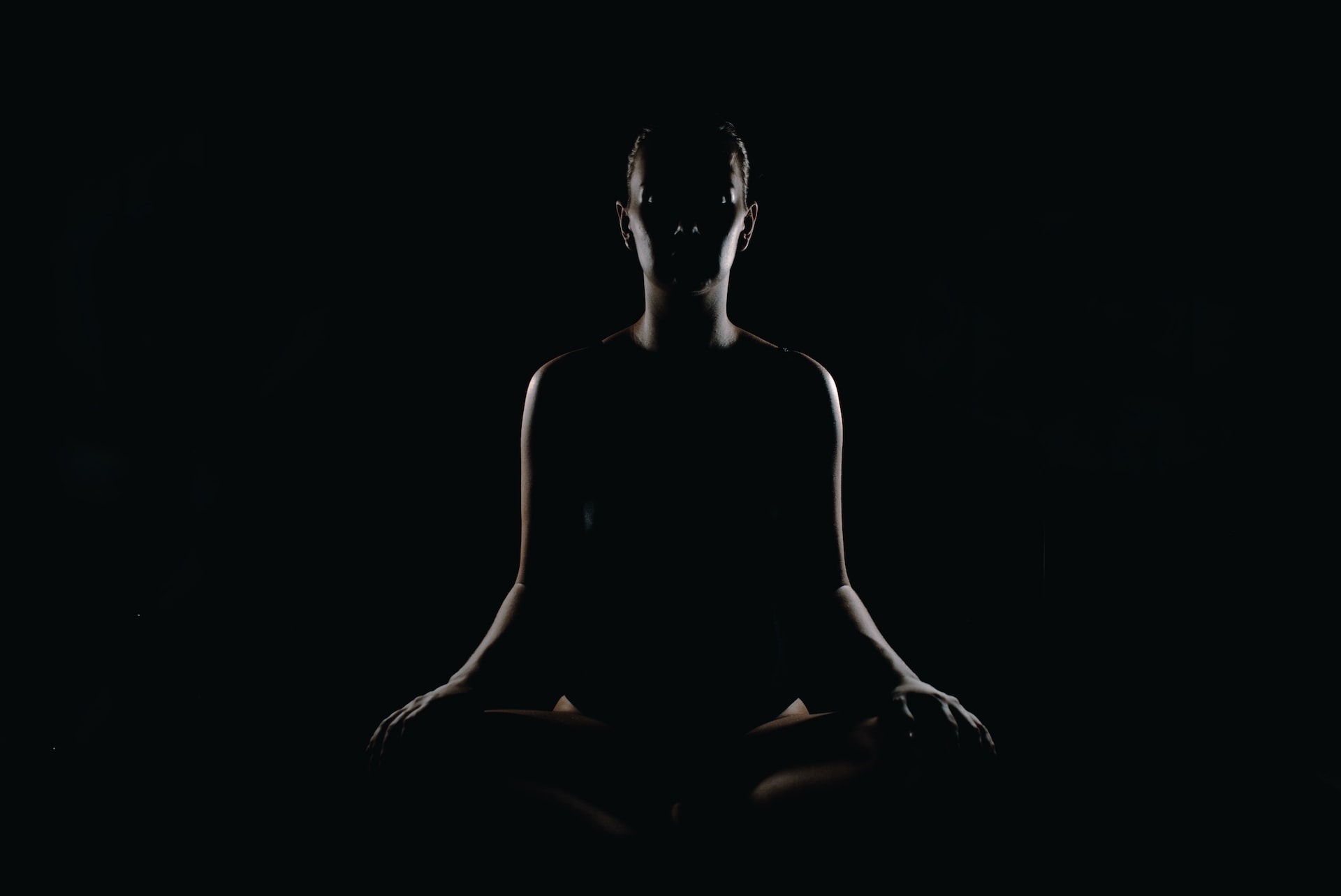
There are a lot of circumstances in the outside environment you can’t control. Breath isn’t one of them.
No matter where you are or what kind of pressure bears down on you, your breath, until your last dying gasp, will be by your side. Through its conscious control, you have the power to create your own internal cocoon of bliss that no entity can ever touch.
It’s like that iconic scene from Shawshank Redemption when Andy creates a moment of pure beauty in an otherwise ugly world by broadcasting an opera piece.
“There are places in this world that aren’t made out of stone. That there’s something inside…that they can’t get to, that they can’t touch. That’s yours,” Andy explains.
Breath is primal. Through personal suffering, practical experience and copious amounts of reading, I’ve come to appreciate the central importance of breath to human health in my 35 years on Earth. You can too.
Is your boss a douche? Is your spouse high on pills again due to their ongoing midlife crisis? Did your kindergartener download TikTok and now he wants to get himself transed?
Or are you just burnt out for no discernible reason?
Stressors abound. We all have our personal demons. Very specific well-researched forms of breathwork absolutely can help you cope – it’s not just new-age bullshit.
I swear to god these are legit. If you have a pair of lungs and 10-20 minutes to set aside each day, these three excellent options are foolproof.
“Pranayama” is an ancient Sanskrit word referring to breath control — “prana” translating to “vital life force” and “yama” meaning “to gain control over.”
Via the Journal of Ayurveda and Integrative Medicine:
“The studies in the clinical populations, show the effects of yogic breathing in modulating cardiovascular variables… to enhance mood for patients withdrawing from cigarette smoking, to reduce the reaction time in specially abled children, to manage anxiety and stress in students, to modulate the pain perception, improve the QoL and sympathetic activity in patients with diabetes, reduce the cancer related symptoms and enhancing the antioxidant status of patients undergoing radiotherapy and chemotherapy for cancer.”
Ujayyi is one of many varieties of yogic breathing practice alternately known as “ocean breath” or “victorious breath.” It’s among the most effective and easiest to learn, in my book.
Adrienne’s persona is overly sunshiney and, with respect, borderline ditzy. But she knows what she’s talking about when it comes to yoga and breath.
Wim Hof rose to internet notoriety for his various superhuman stunts such as running a marathon in the desert with no hydration, climbing Mt. Everest barefoot in swimming trunks, and defeating a bacterial endotoxin injected directly into his veins in a lab setting via regulation of his autonomic nervous system, previously believed to be a literal physiological impossibility.
Wim Hof consistently stresses that he’s not some aberrant genetic freak; anyone can be trained to do what he does through a combination of meditation, cold showers, and his eponymous breathing method.
This is how the Wim Hof Method works in a nutshell:
Start practicing with the guide below until you have the experience to do it well enough do on your own:
Last but not least (especially for falling asleep) is the 4-7-8 method, which, as the straightforward name suggests, involves:
Exhaling longer than inhaling stimulates the vagus nerve, a potent regulator of the nervous system that induces relaxation.
The 4-7-8 technique is a modern twist on the same ancient principles of Pranayama. Research published in the medical journal Obesity Surgery found clinically significant drop-offs in anxiety levels in patients recovering from surgery:
“The 4-7-8 breathing technique was found to be beneficial in reducing the anxiety level of patients in clinical practice after bariatric surgery. It was found that deep breathing exercise was also effective in improving the quality of life.”
One of the key tactics to remember when practicing each of these methods, and breathing in general, is to inhale from the belly, not the chest. Visualize the breath filling your lungs bottom-up, starting in the depths of your abdomen.
Another pro-tip: always inhale through the nose, as it maximizes oxygen uptake and acts to filter out particles in the air.
Namaste!
Ben Bartee is an independent Bangkok-based American journalist with opposable thumbs. Follow his stuff via Armageddon Prose and/or Substack, Patreon, Gab, and Twitter.
Bitcoin public address: bc1qvq4hgnx3eu09e0m2kk5uanxnm8ljfmpefwhawv
